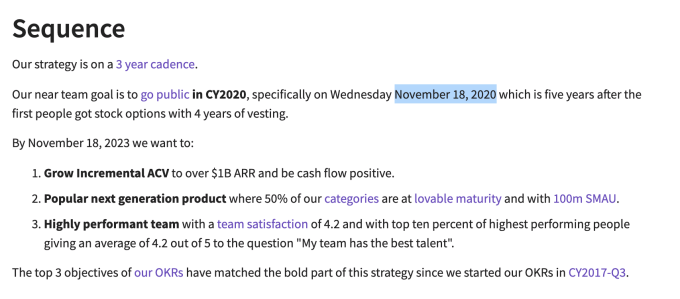Aliro comes out of stealth with $2.7M to ‘democratize’ quantum computing with developer tools
It’s still early days for quantum computing, but we’re nonetheless seeing an interesting group of startups emerging that are helping the world take advantage of the new technology now. Aliro Technologies, a Harvard startup that has built a platform for developers to code more easily for quantum environments — “write once, run anywhere” is one of the startup’s mottos — is today coming out of stealth and announcing its first funding of $2.7 million to get it off the ground.
The seed round is being led Flybridge Capital Partners, with participation from Crosslink Ventures and Samsung NEXT’s Q Fund, a fund the corporate investor launched last year dedicated specifically to emerging areas like quantum computing and AI.
Aliro is wading into the market at a key moment in the development of quantum computing.
While vendors continue to build new quantum hardware to be able to tackle the kinds of complex calculations that cannot be handled by current binary-based machines, for example around medicine discovery, or multi-variabled forecasting — just today IBM announced plans for a 53-qubit device — even so, it’s widely acknowledged that the computers that have been built so far face a number of critical problems that will hamper wide adoption.
The interesting development of recent times is the emergence of startups that are tackling these specific critical problems, dovetailing that progress with that of building the hardware itself. Take the fact that quantum machines so far have been too prone to error when used for extended amounts of time: last week, I wrote about a startup called Q-CTRL that has built firmware that sits on top of the machines to identify when errors are creeping in and provide fixes to stave off crashes.
The specific area that Aliro is addressing is the fact that quantum hardware is still very fragmented: each machine has its own proprietary language and operating techniques and sometimes even purpose for which it’s been optimised. It’s a landscape that is challenging for specialists to engage in, let alone the wider world of developers.
“We’re at the early stage of the hardware, where quantum computers have no standardisation, even those based on the same technology have different qubits (the basic building block of quantum activity) and connectivity. It’s like digital computing in 1940s,” said CEO and chairman Jim Ricotta. (The company is co-founded by Harvard computational materials science professor Prineha Narang along with Michael Cubeddu and Will Finegan, who are actually still undergraduate students at the university.)
“Because it’s a different style of computing, software developers are not used to quantum circuits,” said Ricotta, and engaging with them is “not the same as using procedural languages. There is a steep on-ramp from high-performance classical computing to quantum computing.”
While Aliro is coming out of stealth, it appears that the company is not being specific with details about how its platform actually works. But the basic idea is that Aliro’s platform will essentially be an engine that will let developers work in the languages that they know, and identify problems that they would like to solve; it will then assess the code and provide a channel for how to optimise that code and put it into quantum-ready language, and suggest the best machine to process the task.
The development points to an interesting way that we may well see quantum computing develop, at least in its early stages. Today, we have a handful of companies building and working on quantum computers, but there is still a question mark over whether these kinds of machines will ever be widely deployed, or if — like cloud computing — they will exist among a smaller amount of providers that will provide access to them on-demand, SaaS-style. Such a model would seem to fit with how much computing is sold today in the form of instances, and would open the door to large cloud names like Amazon, Google and Microsoft playing a big role in how this would be disseminated.
Such questions are still theoretical, of course, given some of the underlying problems that have yet to be fixed, but the march of progress seems inevitable, with forecasts predicting that quantum computing is likely to be a $2.2 billion industry by 2025, and if this is a route that is taken, the middlemen like Aliro could play an important role.
“I have been working with the Aliro team for the past year and could not be more excited about the opportunity to help them build a foundational company in Quantum Computing software, “ said David Aronoff, general partner at Flybridge, in a statement. “Their innovative approach and unique combination of leading Quantum researchers and a world-class proven executive team, make Aliro a formidable player in this exciting new sector.
“At Samsung NEXT we are focused on what the world will look like in the future, helping to make that a reality,” said Ajay Singh, Samsung NEXT’s Q Fund, in a statement. “We were drawn to Prineha and her team by their impressive backgrounds and extent of research into quantum computing. We believe that Aliro’s unique software products will revolutionize the entire category, by speeding up the inflection point where quantum becomes as accessible as classical computing. This could have implications on anything from drug discovery, materials development or chemistry. Aliro’s ability to map quantum circuits to heterogeneous hardware in an efficient way will be truly transformative and we’re thrilled to be on this journey with them.”
![]()








